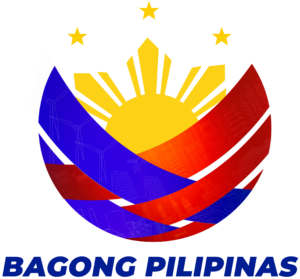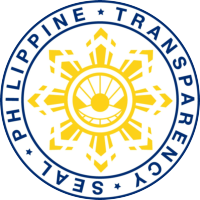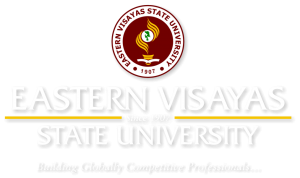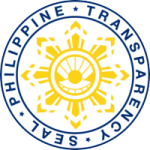Proponent(s)
Abstract
Purposive sampling was used to ascertain the current situation of civil engineering programs in government-owned colleges in eastern Visayas. The researcher picked 47 respondents for assessments of their perceptions of the physical plant and facilities. Five engineering disciplines were evaluated extensively: elementary and advanced surveying, soil mechanics, hydraulics, fluid mechanics, and material testing. A five-point Likert scale was used to evaluate the physical facilities of engineering programs at listed universities based on their implementation level. The findings indicated that VSU received the highest PS and MOOE for providing the necessary facilities for this important subject, as well as facilities for agricultural engineering. NSU boasts state-of-the-art equipment for all major subjects. Notably, EVSU and UEP already possessed the equipment but require upgrades. On the other side, VSU received a Very Satisfactory rating for the implementation of Physical Facilities in laboratories under Elementary and Higher Surveying. SSU received funding for upgraded facilities and equipment that were also used for research. NSU demonstrated Very Satisfactory Fluid Mechanics, as did VSU, while EVSU demonstrated the least. VSU was found to be Very Satisfactory in Hydraulics. SSU performed exceptionally well in Material Testing, whilst UEP performed poorly. SSU earned an exceptional grade in soil mechanics, compared to UEP, which earned the lowest grade. Kruskal-Wallis One-Way Analysis of Variance was used to determine the status of implementation of the physical resources of the Civil Engineering program and the difference between SUCs.





